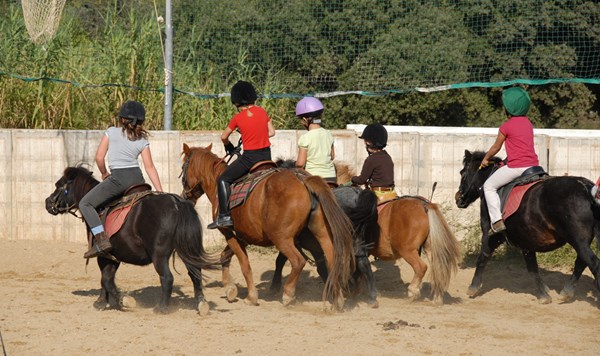 Credit: Thinkstock It is generally accepted that a horse can carry up to 20% of its body weight.
Credit: Thinkstock It is generally accepted that a horse can carry up to 20% of its body weight.There has been considerable discussion regarding the ideal weight load (rider and tack) of horses and ponies. In a study conducted at Kitasato University in Japan, researchers aimed to determine the load capacity of a trotting Taishuh pony by gait analysis using a motion analysis system.
Seven Taishuh ponies (five mares and two geldings) and their rider were fitted with a marker and recorded by two high-resolution digital DVD cameras as they were trotting along a straight course. Each horse performed seven tests: 2 tests with 154-pound loads and five tests with random weights between 176 and 265 pounds.
Among ponies, symmetry in the 265-pound test was significantly lower than that in the 154-pound test, and stabilities during the 220- and 265-pound tests were significantly less than that in the 154-pound test. The time lag between the time series of horse and rider in the 265-pound test was significantly greater than that in the 154-pound test.
These results suggests that the maximum permissible load weight of the Taishuh pony at a trot over a short distance is less than 200 pounds, which is 43% of the body weight of the pony.
Although other research has shown that horse can safely carry up to 30% of their body weight, it is generally accepted that a horse can carry up to 20% of its body weight. However, there are other factors than just weight that impact how much weight a horse or pony can carry, including conformation of the horse, the horse’s fitness level, rider fitness and rider ability level. For example, a fit horse with ideal conformation can carry more weight if the rider is also fit and well-balanced.
For more equine information sign up for the University of Minnesota Extension horse newsletter.


